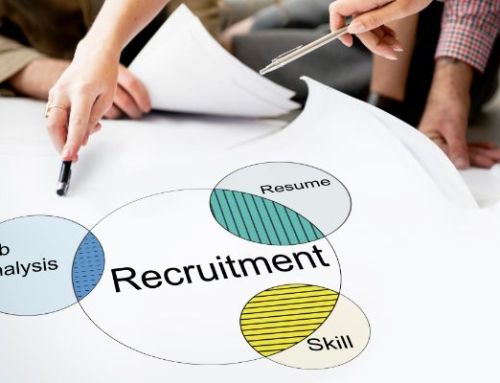The human resource plan is the expression of how the organization intends to acquire and retain the skills and competencies it needs to execute its strategic game plan.
The plan should also address how to deal with existing skills and competencies the organization possesses but no longer requires.
Also read: How To Align Your People Plan With Business Objectives
These straightforward actions will not only deliver a people plan that enables an organization to perform at the highest possible level, they will establish the human resource team as leaders in their field and the benchmark for others to follow.
Gather the right input
Know the strategic game plan of the organization inside out. Translate it in terms of what it means specifically to the people element. Be as detailed and granular as possible: define the skills that are required, when they are required and how many of them are required.
A game plan to unleash the power of the internet requires strong internet protocol and data communications skills not just strong technology skills and communications expertise.
Gather input from the business units responsible and held accountable to execute the game plan. The “people department” is accountable to the business units; it doesn’t exist to solely serve the CEO.
This is exceedingly important. The quality of the people plan must be measured by how effective it delivers capabilities that enable the organization to execute on its strategy, not on how well it completes projects the executive leader wants.
To this end, the business units should be the prime determinants of HR performance; they should have sign-off authority. Regular appraisal; action plans to improve. Internal customer-supplier relationship model.
It is also valuable to know what your competition is doing in terms of acquiring people. Study their strategy and approach. Evaluate their draft picks and put the top ones on your list for performance tracking and future consideration.
Know the strategic game plan and copy what others are doing in people planning. If the leadership team has done their job well, the game plan of the organization will mandate that the people function be unique and different from will other organizations. Determine your special needs rather than following what works for others.
Put the right process in place
Build individual plans to deal with skills acquisition, people engagement and retention and skills exit. These three pillars represent the essence of the plan, but each one is separate and requires a different focus so develop plans for three streams of activity rather than trying to have a single plan capture everything that must be done.
Also read: HR Trends: Optimize your recruitment process with one key action
Focus on the critical few competencies required to achieve 80% of the game plan. Spraying your efforts to acquire a broader set of skills will be ineffective and costly.
Develop close relationships with other organizations — in particular associations — that attract individuals with the specific skills and expertise you will need over the next 5 years.
If you need sales skills, for example, get close to associations that have easy and immediate access to people who have an interest in sales and who might have the demonstrated sales experience you need.
The ultimate situation is to get to the point where you have an ongoing process in place that defines the skills and expertise needed for the business to meet its strategic intent and you have external partners who come to YOU with candidates for the positions you have available.
Get sign off from the business unit leaders
Once a draft people plan has been prepared, review it with each business unit for their comments and input to make it more relevant to the issues they face.
The challenge for the HR team is to customize the plan to the needs of the business not to what best practices say a people plan should look like.
Get sign off from each business unit. They need to feel it is THEIR plan and be confident it will help them meet the market challenges they will face over the coming years.
Communicate the plan to the rest of the organization; take the opportunity to redefine the HR role to create strategic value for the organization in addition to practicing the discipline of human resources.
Download our eBook on Learning and Development Trends and find out how technology enables continuous learning in organizations.
Image licensed from Depositphotos.com






Leave A Comment